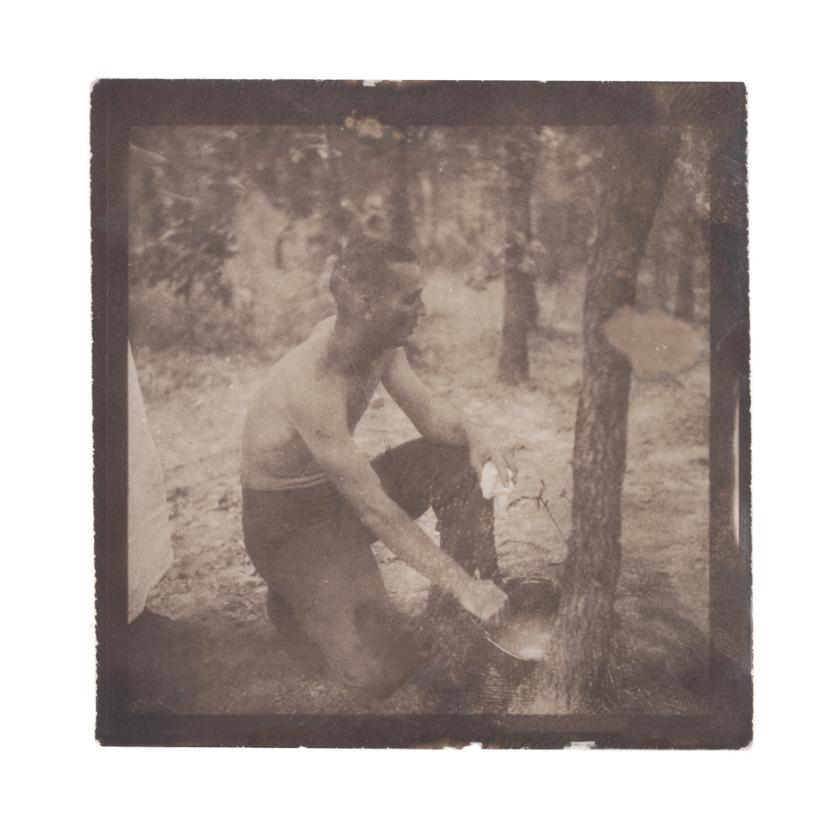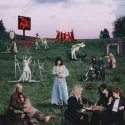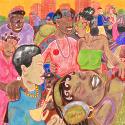Honestly, you wait years for a lengthy project to come to fruition, then two turn up at once. However, while The Avalanches had to contend with people tapping their watches and sighing wearily, The Earlies’ John Mark Lapham had only his own clock to watch. The measured pace and unhurried approach are reflected in the languorous song spectres he presents here.
Starting out life as an idea for his short-lived 4AD outfit, the Late Cord, the project soon outgrew its shell and ended up a huge collaborative effort which sees turns from, among a Hollywood-sized cast, Sara Lowe (the Earlies), Swans’ Thor Harris, Alex Maas from Texan psych outfit Black Angels, and folk legend Tom Rapp (Pearls Before Swine).
Each track rolls into the next with clarity
The resulting album is a mix of original compositions and cover versions, but retains an utterly coherent feel due to the exquisitely handled production throughout. Lapham himself refers to the project as “ambient country” and it’s difficult to disagree. Each track rolls into the next with clarity and the exact placement of sound is as vital a part of the project’s success as the strength of the songwriting. So, as the last vestiges of instrumental “Faust” fade, the attack ebbing away, Tom Rapp’s weathered, worn voice introduces the sombre lament “Shadows” and it feels not just as if it suits, but that it belongs.
The treatment of the cover versions is of particular interest. In this context, Low’s “Laser Beam”, once all earthly shimmer and rooted emotion, now floats with a sense of disengagement from corporeal concerns. Psychic TV’s “Orchids” loses some of its Baroque playfulness, but gains a newfound fluidity that embeds it into the whole with an invisible mend.
Meanwhile, “Along Came a Sadness” and “A Stranger in the Family” are both expansive sonically, but appear more emotionally reflexive than their bedfellows. There’s more than a scintilla of introverted 80s dream pop here, as well as the emotive thrum that binds the electronic to the pastoral: the country tones meeting ambient drones.
“There were definitely moments, say five or so years into this process, where I questioned if it was in my best interest to carry on and keep trying to realise this project,” Lapham has said. “However, it stuck to me and wouldn’t let go.” His perseverance is to his credit, and our benefit.















Add comment